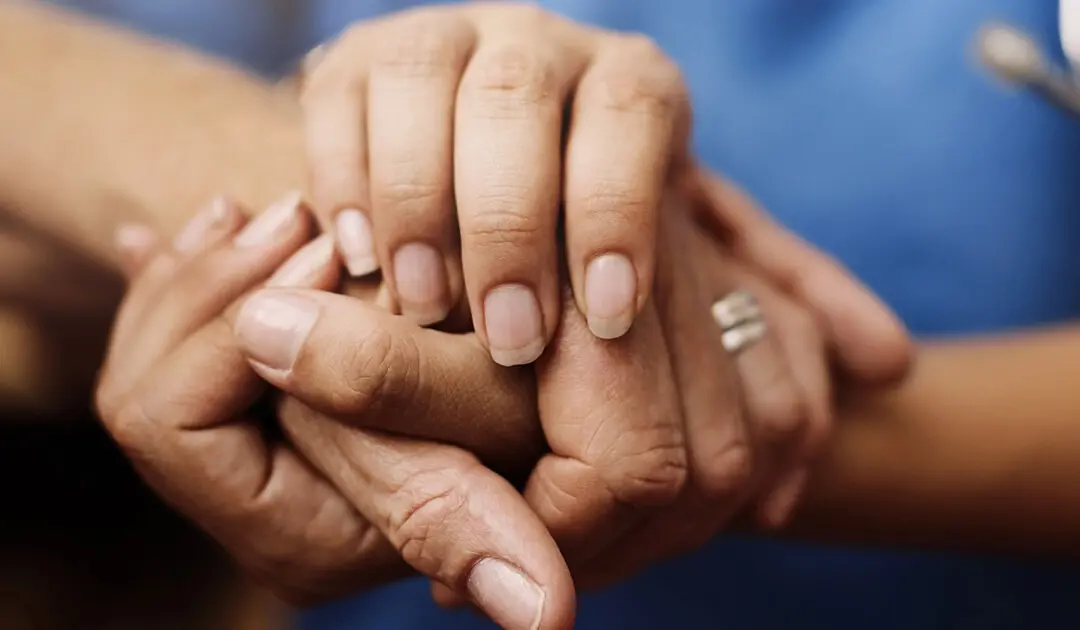Where Do We Go From the Middle of the Road?

The recent reports of police use of force in Ferguson, MO and in New York City are a divisive issue.
For those of us in the middle, it can feel like standing in the median of a freeway, watching contentious arguments whiz by. Fact is, most of us can empathize with people on both sides of the issue. We understand the pain felt by the family and the communities affected, but we also understand that the job of a police officer is incredibly difficult.
The high-speed arguments do not leave much room in the middle, but to write a post here that starts with a middle ground, there must first be a middle ground.
Police are trained to be assertive in order to gain control over the many chaotic situations they're called upon to respond to. The very reason why cops are trained so well to be assertive is because other cops over the years have died while trying to uphold their oath to serve and protect the community. Every cop walks into work every day knowing that a bad day could mean he or she will not be going home.
I also understand that some of the actions taken by some officers have also resulted in tragedy. Sometimes those deaths can also be viewed to also have racial undertones. Other times it might also be the case where a cop’s assertiveness training actually adds more fuel to the chaos, especially when an officer is called to respond to an incident where a person is losing rationality because of a mental illness.
When the verdict from our court system contradicts the verdict from the court of public opinion, the families and communities affected are left looking for justice.
“I can’t breathe,” a phrase we see on T-shirts of protesters, and even sports figures, has particular resonance with me, given the research I’ve done on positional asphyxia over the last decade. In most positional asphyxia cases that I have read about, there is one thing in common. The dying person’s last words are almost always “I can’t breathe.” Too often, staff don’t realize that the person is not being combative—they are actually fighting for air.
Police are one of only a few professionals who, under the right circumstances, are authorized to use deadly force. Most officers never have to, but the few who do are asked to make a split-second, life-or-death decision. If they make the wrong decision when a person is intending harm, either the officer or the assailant’s victim could be hurt or killed. If they make the wrong decision and they pull the trigger when the person is not armed or did not intend harm, then their actions result in the death of a person who should not have died (whether they were guilty of a crime or not).
Both sides of this contentious argument have a right to be angry. The real question is, “Where do we go from here?”
I originally thought that a fair middle ground was to say that police could use more training in handling challenging behavior, but President Obama attempted that approach, announcing more funding for police officer training and for equipment such as personal cameras to record their interactions. This message was understood to mean that he was blaming police for wrongdoing.
But in many of these cases, the police have claimed they have responded exactly as they were trained—“going by the book,” we often hear. So if these incidents are the result of what is in the book, maybe it is time to find a different book to work from.
The ideas that the vast majority of police should be held in high regard for the fantastic work they do to keep our communities safe, and that those same officers should be held to a high standard of conduct (while given the proper tools and training to achieve those standards) are not mutually exclusive. In the middle of the road, we can have both, and perhaps we owe it to the people who have sworn to serve and protect us to provide them with training that will help them, and their constituents stay safe.
Over the last few weeks, we’ve heard many people suggest on social media and in direct emails to us that more police should have training in ways to de-escalate behaviors, and we absolutely agree. The more tools an officer can add to their verbal de-escalation toolbox, the more likely they will find an opportunity to resolve an incident without having to consider using force. At CPI, we have worked with many police organizations to do just that; to offer more solutions-focused strategies that could help police officers to assess the behaviors they see and to intervene verbally to help de-escalate those crisis behaviors.
What should not be lost in the discussion, though, is that for every tragic encounter we see reported in the media, there are hundreds of thousands, if not millions, of other interactions that police have with people in crisis that never make it to the media, because police have been able to successfully help that person in need. There are also acts of kindness, such as the report I saw last week where an officer in Alabama bought eggs for a mother who had originally tried to shoplift them from a store.
I am proud to work for a company that has partners within police departments helping to add these essential tools to help officers reduce the need to consider use of force strategies.
Schedule a Consultation
Learn how CPI’s training programs can benefit your organization.
Let's Connect